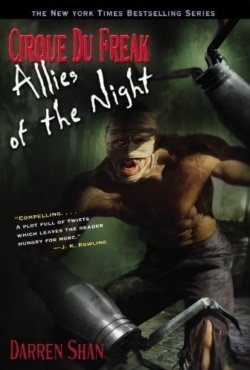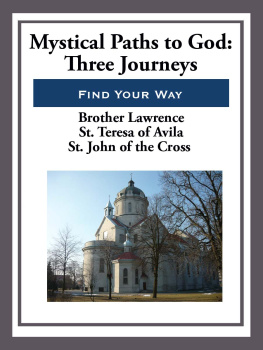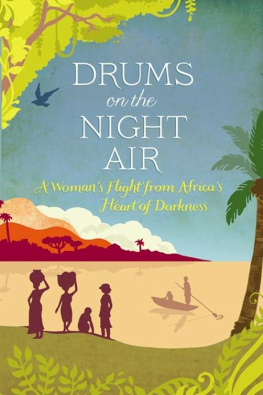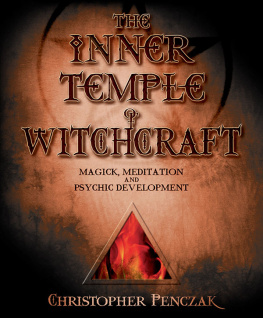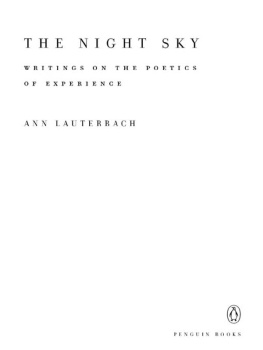The Craft of the Hedgewitch
Edited by Veronica Cummer
First Edition Copyright 2010
SmashWords Edition 2012
By Pendraig Publishing
All rights reserved
No part of this publication may be reproduced,stored in a retrieval system or transmitted in any form or by anymeans, electronic, mechanical, photocopying, recording or otherwisewithout the prior written permission of the copyright holder,except brief quotation in a review.
Cover Design & Interior Images, Typeset& Layout by: Jo-Ann Byers-Mierzwicki

Pendraig Publishing
Los Angeles, CA 91040
www.PendraigPublishing.com
ISBN: 978-1-936922-22-2
* ~ * ~ * ~ * ~ *

Juniper
Papa Toad Bone
Raven Grimassi
Veronica Cummer
Eric de Vries
Elige Stewart
Christopher Crittenden
Kari Tauring
Sylva Markson
Rev. Jack Green
Veronica Cummer
Robin Artisson
Jenne Micale
Veronica Cummer
Nicholaj de Mattos Frisvold
Beth Hansen-Buth
Elige Stewart
John Pwyll
* ~ * ~ * ~ * ~ *
Dedication

This anthology is, as ever,dedicated to the Muse
In addition, I would like to thank all theauthors who contributed to this work and shared their thoughts,insights, experiences, and advice. Its a brave thing to putsomething of yourself out into the world, especially when it meansso very much to you.
I would also like to express a debt of gratitudeto Peter Paddon of Pendraig Publishing for choosing to support thiswork and to sacrifice time, money, energy, and even (sometimes) asmidge of sanity in order to provide many forums for furtherance ofthe knowledge and the on-going evolution of the Craft.
Blessings and best wishes. May all your journeysend in divine gold. May you always return with something mostneeded.
Now I go, now I fly,
Malkin my sweet spirit and I.
Oh, what a dainty pleasure tis
To ride in the air
When the moon shines fair
And sing, and dance, and toy, and kiss;
Over woods, high rocks, and mountains,
Over seas, over misty fountains,
Over steeples, towers, and turrets,
We fly by night, mongst troops of spirits...
* ~ * ~ * ~ * ~ *
Introduction

Up hors
Up hedik
Up will ridn bolwind
And I kin Is reyd among yu
Far from the glow of the cities, out in the truedarkness of the countryside, you can still stand and gaze up at thenight sky and see the nearest thing to infinity. To see starslayered upon stars, darkness upon darkness, and the gleam of theMilky Way as it spills across the heavens. Its a familiar visionfor we know this track, this starry road. After all, its the waythat witches and spirits are said to ride, to travel, to fly. Thatfar-flung road beckons and we long to take it, to go where it mightlead us.
Its an ancient dream to fancy that we canfly. In truth, flying and witches go hand-in-hand, extending intothe unknown and exotic world of the distant past. Who has not seenthe fabulous image of the witch soaring across the sky on abroomstick, usually silhouetted against a full moon. Of old,witches have been linked to the ability to fly, a gift that manystill long for. Yet, what is this gift? Why are stories, myths, andlegends filled with the idea that witches have this power? Andsince we dont tend to literally see witches zooming around in theair against some fateful full moon, where does the idea of theflying witch come from?
Well, for one thing, flying is a term used notjust to describe a physical act but a spiritual one. You fly byleaving your body, leaving your physical form behind, while you goelsewhere. Sometimes, this happens naturally in certain states ofsleep, but the witch or worker of the cunning arts seeks out thatstate through more conscious and deliberate means. We concentrateon gaining the ability to fly, to travel beyond what is known andto go out into the wilds, be it called Faery, the Otherworld, orany of those strange, beautiful and dangerous lands beyond theboundaries, beyond the Veil, beyond the Hedge.
Its a place we still remember, a world we dreamof and long for, and seek to rediscover and claim for our own.Which makes perfect sense, because it is our own, our secret,sacred heritage the world of our beloved ancestors, of thebeautiful and enigmatic Faery, of the strange ancient Gods of theland and of the land itself.
Its the world of the past, when witches andcunning folk of all flavors, and with as many different names asthere were cultures that required them, lived to serve the land,the Gods, and the people. To do this, they underwent a physical,spiritual, and psychological death and rebirth into a brave, newform of existence, that of someone who existed neither here northere, someone who stood between the land of the living and therealm of the dead. Someone who was the eternal loved, hated,feared, desired outsider.
They became what one particular land of theNorth would call a shaman.
From the North to the South, from the East tothe West, all across the Old World, there was an undercurrent ofthese outsiders, these cunning or kenning ones, just as theyexisted and continue to exist in other parts of the world. Yet,beneath the differences of name and practice based upon where theylived, there exists a commonality that binds them all together asone.
There is the night-flight, the spirit journey,the ability to shapeshift, the power to heal and to harm, andcongress with all sorts of spirits, Gods and Goddesses, the dead,and the powers of the Earth. There is the thin edge that needs tobe walked between magick and madness, between life and death. Thereis the boundary that must be leaped or walked or stood upon, alwaysa chancy business at best. There is the going- there and thecoming-back-again with lost souls, healing knowledge, gifts for thecommunity, new insights and ancient revelation.
There are battles to be fought, quests to beundertaken, sacrifices to make, and seeds to be sown for thefuture. There are angry and hungry ghosts to be dealt with and Godsto be courted or appeased, each as required and all necessary tothe proper functioning of the land and of the community to ensurethat both continue to live and grow and evolve.
And yet...what happened to these shamans ofthe Old World?
The very same protectors of the land, theservants of Gods and humankind alike, were accused of being eviland in league with evil spirits and Gods who had come to be calleddevils, most often those very same Gods and Goddesses who hadonce been the benefactors of the community and were now demeanedand demonized. Witches and cunning ons became the cause of everykind of ill luck, disease, and hardship imaginable. Instead ofbeing seen as those who walked the line between this and that, ableto bestow healing and fertility and bounty as much as being capableof taking it away, they were seen as primarily working against thegood of the community, as those who cursed and poisoned and causedillness and hunger. They became wicked, wrong, and worthy ofpersecution, torture, and death.



